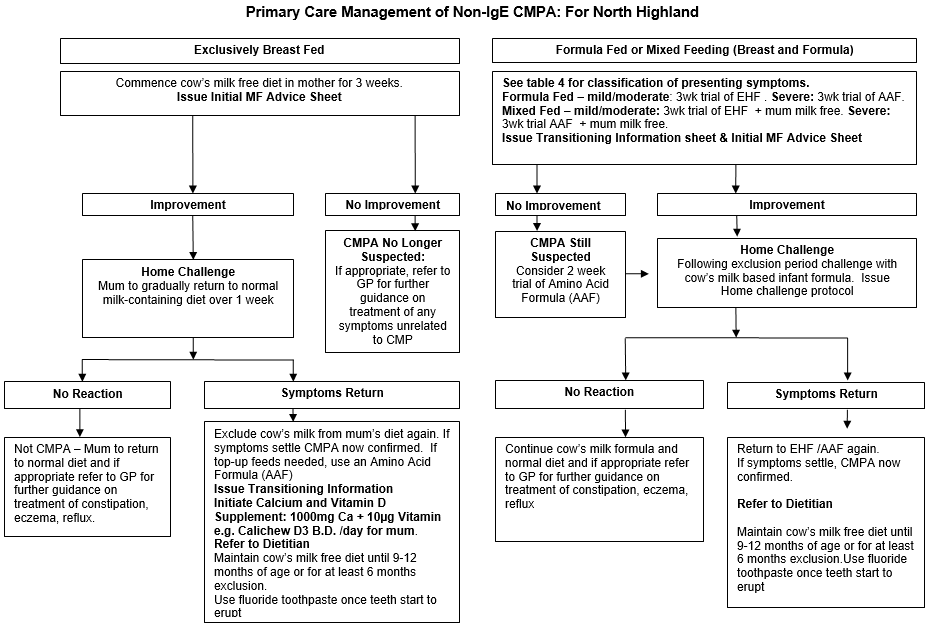Soya infant formula
This is no longer on the Formulary and should not be prescribed.
Soya infant formula should not be used first line in the diagnosis and treatment of cows' milk protein allergy as, dependent on presenting symptoms, there may be up to a 50% chance that infants will also react to soya formula. 10
Soya formula should not be used routinely in infants aged 0 to 6 months as it contains phytoestrogens that could pose a risk to long term reproductive health. 11, 12 A recent systematic review and meta-analysis found no significant effect on reproduction function 13 however currently, recommendations remain unchanged in that it is not suitable for under 6 months of age except for:
Exceptions:
- Vegan mothers who do not exclusively breastfeed, may choose to use soya infant formula
- Under the advice of special paediatric services may use soya infant formula e.g. galactosaemia
- Infants who are at nutritional risk as refusing alternative formula.
Other formula and milk substitutes
Goat or other mammalian milk formulas are not suitable for the treatment of Non-IgE CMPA as protein structures are similar to cow’s milk and there is a high risk of cross reaction.
Supermarket soya, oat or nut milks are not nutritionally complete and should not be used as a milk substitute for infants under 12 months. In most cases, following dietetic review, they can be used as the main drink after 12 months.
Rice milk should not be used in children under 4.5 years due to unacceptable levels of naturally occurring arsenic, relative to body weight.



